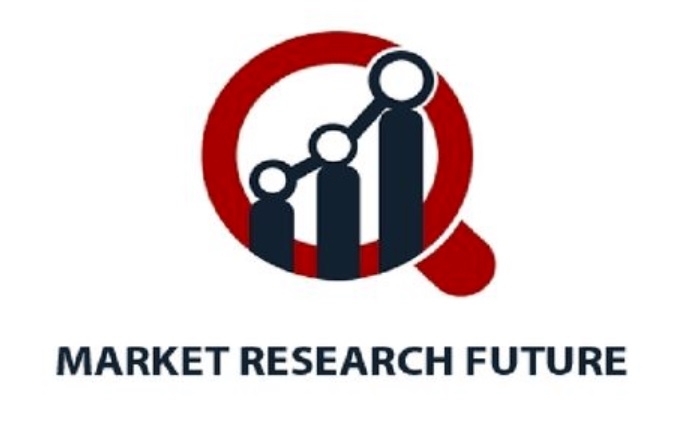The Acute Myeloid Leukemia Treatment Market analysis highlights the growing demand for innovative therapies due to the rising incidence of AML and the increasing prevalence of genetic mutations that complicate treatment. Acute myeloid leukemia (AML) is a hematological malignancy characterized by rapid proliferation of abnormal myeloid cells, leading to impaired hematopoiesis. Treatment strategies include conventional chemotherapy, targeted therapies, stem cell transplantation, and supportive care to improve survival rates. The introduction of novel agents, such as FLT3 inhibitors, IDH inhibitors, and BCL-2 inhibitors, has significantly improved patient outcomes and opened new avenues for personalized therapy.
Additionally, research efforts are focused on enhancing diagnostic precision through molecular profiling and next-generation sequencing, enabling tailored treatment strategies. Market growth is supported by increasing awareness, early diagnosis programs, and government initiatives promoting access to advanced therapies. Companies are also expanding their R&D pipelines to develop therapies with higher efficacy, lower toxicity, and improved patient adherence. The combination of advanced therapeutics, personalized medicine, and healthcare infrastructure improvements is projected to propel the Acute Myeloid Leukemia Treatment Market forward.
FAQs
Q1: What drives the demand for AML treatments?
A1: Rising AML incidence, genetic complexity, and the need for targeted therapies.
Q2: Which therapies are most commonly used?
A2: Chemotherapy, targeted therapy, stem cell transplantation, and supportive care.
Q3: How are novel therapies impacting outcomes?
A3: By improving survival rates and enabling personalized treatment strategies.
Q4: What role does molecular profiling play?
A4: It allows tailored therapies and more precise diagnostic evaluation.

